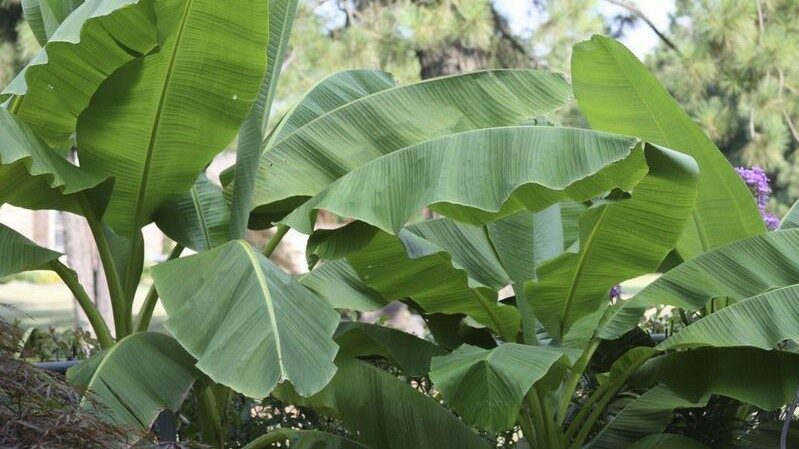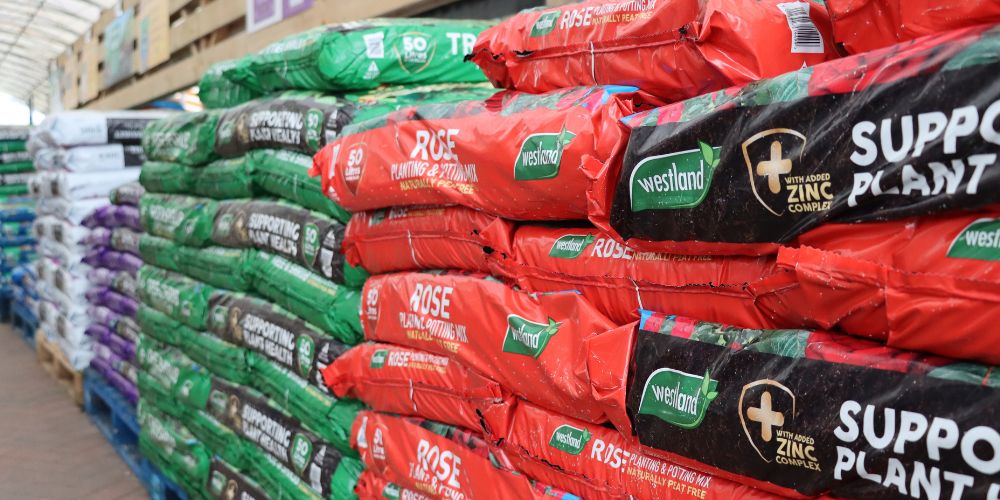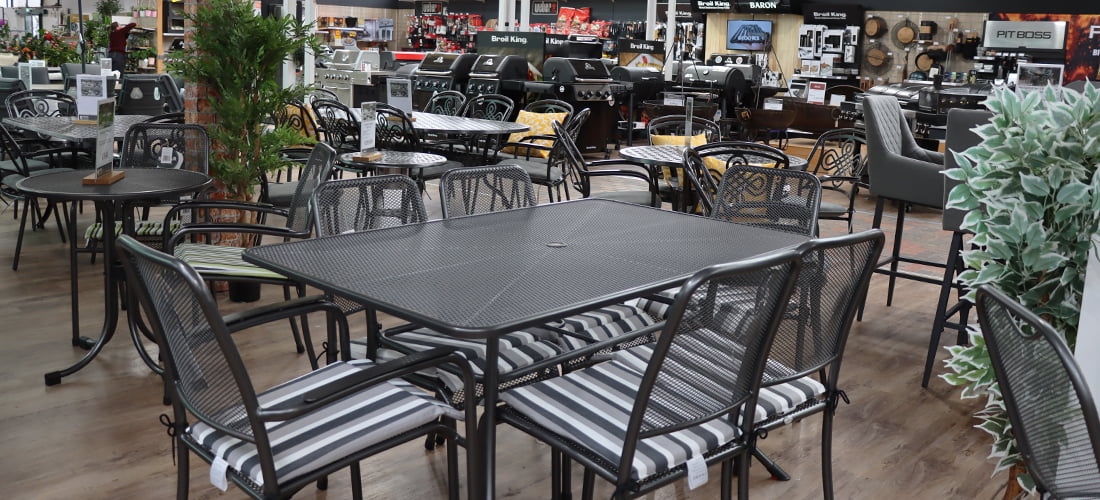POSITION
Bananas can grow in sun or shade. If they are grown in full sun they should receive more water because the leaves will fold down during the hottest part of the day. Hot sun will sometimes burn the leaves of full-sun grown bananas. If you wish to keep your banana plants looking good at all times it’s best to give them 35-30% shade. They will not grow as fast and may take longer to bear fruit but will always look healthy.
Plant in an area based on the size of your banana’s species and give it enough space for the leaves to spread out. Most bananas will grow to about 3m wide in leaf span.
FEEDING
WATERING
Water your banana as frequently as you wish but make sure that the soil is free-draining. They do not like to be in standing water as this can cause corm rot, which could stunt the growth or kill it.
SOILS
A good soil mix for bananas is 1/3 compost, 1/3 rich potting soil and 1/3 perlite, to ensure good drainage. Bananas are not too particular but prefer a more acidic soil. The key is that it must be free-draining, so clay soils are not generally suitable as the roots will struggle to spread. Bananas are not salt tolerant so shouldn’t be grown in salty beach sand.
Banana roots like to grow out rather than down. The outward reach of the roots helps support the plant in windy conditions and also keeps their food supply up. Once a banana is established it can grow to full size and bear fruit within the first season, depending on how much light, water and warm weather it receives during its growing season. If a banana is grown in shade it will most likely bear fruit the following season. Some bananas mature faster than others so please read about your specific variety for more details.
CONTAINERS
If you are planning on keeping your banana in a container use as large a container as possible. Most can produce fruit grown in a container – they tend to stay as small as the container is and make excellent patio plants. Some will tolerate indoor life as well but make sure that you mist the leaves on a regular basis to prevent them from browning.
FROST PROTECTION
Bananas do not welcome frost or freezing temperatures but these will not kill the plant unless the weather stays too cold for too long. Some are more tolerant than others. If your area will only suffer a few frosts, covering them should do the trick. If you’re likely to have a few mild freezes, covering will not really help without added heat to the area. The leaves will suffer and look untidy but leave them on during the cold weeks so the dead leaves take the cold damage. Cut it down to 15cm above ground level when all threat of frost is gone. This will promote new growth to bear fruit and provide strong plants.








